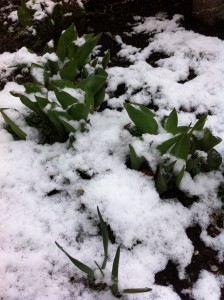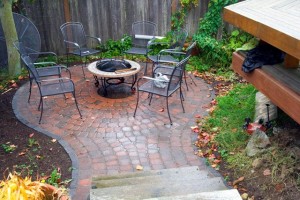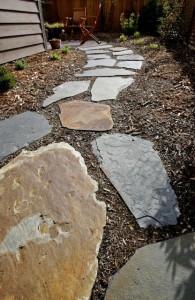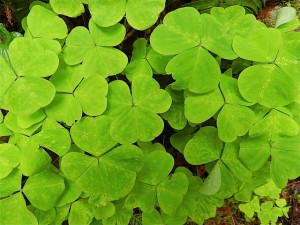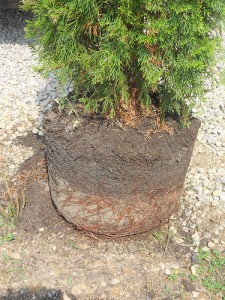Home energy audit in Seattle
March 30, 2012 @ 8:33 am
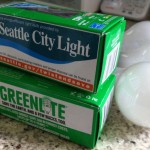 Looking for ways to cut down on our heating costs, we recently took advantage of a Seattle City Light home energy audit program for our 1952 West Seattle home. For $95 (the utility pays about $305), you can hire a home-energy auditor to come to your home, assess your energy performance, and give you tips on how to weatherize your home, make the building more energy efficient and reduce your carbon footprint. The program is open to all Seattle City Light customers living in single-family homes.
Looking for ways to cut down on our heating costs, we recently took advantage of a Seattle City Light home energy audit program for our 1952 West Seattle home. For $95 (the utility pays about $305), you can hire a home-energy auditor to come to your home, assess your energy performance, and give you tips on how to weatherize your home, make the building more energy efficient and reduce your carbon footprint. The program is open to all Seattle City Light customers living in single-family homes.
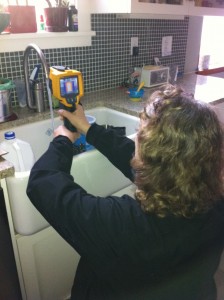
Revolution Green Power energy auditor
When City Light first started doing energy audits, the audits were only available in certain neighborhoods at certain times, and the process seemed a bit more complicated than it is today. Now, the audits are available to anyone who wants one, and signing up couldn’t be simpler. Here’s how to do it.
1. Sign up by filling out the form on the city’s website. You’ll get an account and, if you qualify, a coupon code number. [TIP: If you live within Seattle city limits and think you’ll likely do some major energy updating, a program called Community Power Works offers rebates and low-interest community loans to pay for those upgrades. You can sign up with CPW and then get your energy audit completed; we went through the City Light website first and discovered, it’s OK, too, to sign up for the energy audit through the city’s website and then get into the CPW program later].
2. Once you have your coupon number, call up one of the city’s pre-qualified home energy auditors and arrange to get your audit done. We hired Revolution Green Power after reading Lisa Stiffler’s post on Sightline. All the contractors have to meet city requirements.
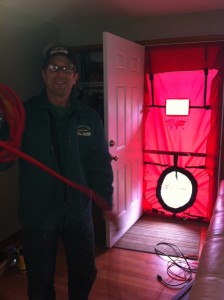
Revolution Green Power auditor conduction blower door test
3. Schedule an audit. Two workers from Revolution Green Power came to our house, and began finding areas in the house where heat leaked out. We knew there would be plenty of places where heat could escape: through the insulated floors, chimney, even the quaint but seriously outdated mailbox slot. The crew closed all the doors to the house and installed a door blower that pulls the air out of the house, allowing them to find all the areas where air leaks out. They also gave us free compact fluorescent bulbs, courtesy of Seattle City Light, and changed out all bulbs where we hadn’t already done so. They told us that we should consider sealing our ducts, or consider switching from our grossly outdated oil furnace and get a ductless heat pump.
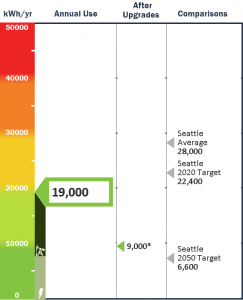
4. Get energy performance scorecard. Several days after the home visit, our detailed energy analysis was available for viewing online. The scorecard gives you an energy score, as well as what that means in terms energy costs. For us, that meant energy costs of $1,350/year. We fell well below the Seattle average in energy score and carbon score, mostly because the house is so small. The most important detail: with the recommended upgrades we could cut our energy score and costs by more than half.
5. Read energy analysis and decide on energy upgrades. More useful than the report card was the energy analysis that told us, in great detail, what was working and what wasn’t in terms of energy efficiency. It prioritized what we needed to do first that would get us the most bang for our buck and what it would cost. Armed with the report, we are now in the process of getting contractor bids on a couple of services, including insulating our floors/crawl space and installing a ductless heat pump. Some of the smaller stuff, like plugging holes, we’ll be adding to our weekend to-do lists.
Filed under Seattle Landscape Maintenance Permalink · No Comments »
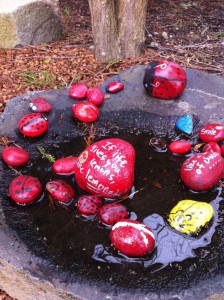
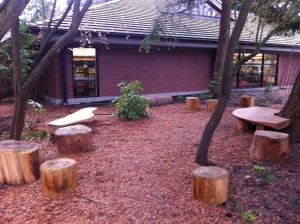
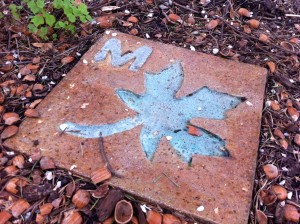
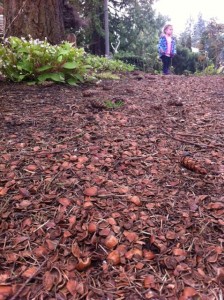
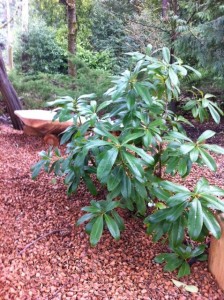
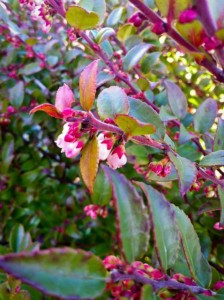
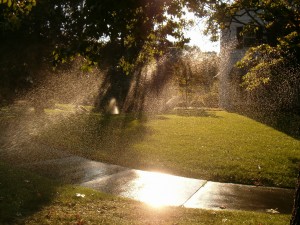
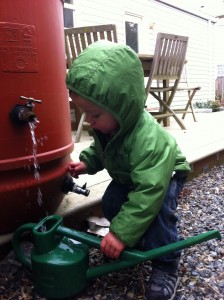
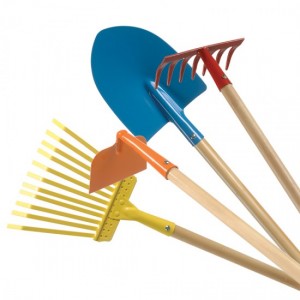 Get your kids good-quality tools that fit small hands, rather than having them wrestle with adult-sized tools. Practice safe handling of those tools, and teach them how to put tools away. My son has a blue metal shovel, a yellow hoe, and a bamboo shrub rake. Each cost between $5 and $10. We bought all three at the West Seattle
Get your kids good-quality tools that fit small hands, rather than having them wrestle with adult-sized tools. Practice safe handling of those tools, and teach them how to put tools away. My son has a blue metal shovel, a yellow hoe, and a bamboo shrub rake. Each cost between $5 and $10. We bought all three at the West Seattle 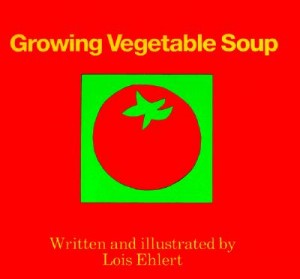 Read books about gardens and bugs. The
Read books about gardens and bugs. The 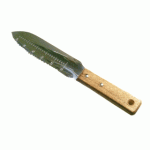
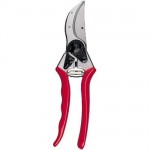
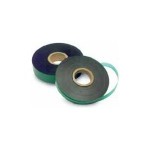 3. Plant tape, about $1-$2 for a 150-foot roll (left). There are a lot of choice out there when it comes to tying plants, including twine, plant tape/ribbon, wire, or velcro. We prefer plant tape because it’s cheap, has many uses and is stretchy, so it doesn’t girdle a tree – unlike wire or twine. We like them for tying vines to trellises, staking tomato plants, mending branches, and supporting weak branches.
3. Plant tape, about $1-$2 for a 150-foot roll (left). There are a lot of choice out there when it comes to tying plants, including twine, plant tape/ribbon, wire, or velcro. We prefer plant tape because it’s cheap, has many uses and is stretchy, so it doesn’t girdle a tree – unlike wire or twine. We like them for tying vines to trellises, staking tomato plants, mending branches, and supporting weak branches.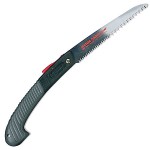 4. Folding pruning saw, between $10-$25. This handy fine-tooth pruning saw folds up and fits in your back pocket for easy access. It works great for light and medium pruning jobs. Get one with an ergonomic fit, and rubberized handle for better grip and comfort.
4. Folding pruning saw, between $10-$25. This handy fine-tooth pruning saw folds up and fits in your back pocket for easy access. It works great for light and medium pruning jobs. Get one with an ergonomic fit, and rubberized handle for better grip and comfort.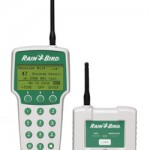 5. Landscape irrigation and remote, about $300. Ok – this is mostly for professionals only, but let us geek out for a moment and suggest this high-tech gizmo as a must-have for those who spend a lot of time fine tuning irrigation systems. The price, alone, sets it apart from the other items on this list, but it’s no less essential for the serious gardener. This Rainbird remote lets you turn on your sprinkler system from anywhere in your yard; when you need to adjust your sprinkler in one corner of your yard, you can use this remote control to do it rather than having to walk back to the central controller.
5. Landscape irrigation and remote, about $300. Ok – this is mostly for professionals only, but let us geek out for a moment and suggest this high-tech gizmo as a must-have for those who spend a lot of time fine tuning irrigation systems. The price, alone, sets it apart from the other items on this list, but it’s no less essential for the serious gardener. This Rainbird remote lets you turn on your sprinkler system from anywhere in your yard; when you need to adjust your sprinkler in one corner of your yard, you can use this remote control to do it rather than having to walk back to the central controller.